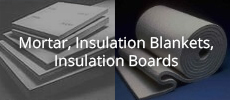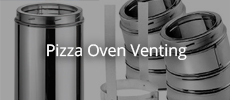I wanted to revisit this topic. I know in the past the majority of people on this group were against foil but I’ve spoken to and looked at builds from some top oven builders like Alex Chernov, David Neufeld (both retired) Jon Santiago and Patrick Manley. Collectively they have over 250 builds. All use(d) foil. I’ve also spoken to one mason who repaired an oven and when he opened the foil he said he got hit with a blast of hot air such that they had to leave the room. It’s still used by quite a few oven manufacturers around the world.
Im wondering if maybe the foil needs to be used as a system. For example in applications where the amount of water in the build is kept to a minimum. Where there is NO vermiculite or perlite mix. Tight mortar joints etc.
Also what about perforating the foil or using foil that is already perforated to allow any moisture that is present to escape.
It should be noted that they all use multiple layers of foil BETWEEN insulation layers. Not directly on the dome. In this regard I’ve done the math and although yes foil directly on the dome is conductive, it’s so thin I feel it would have a minimal impact on increasing conductivity.
Would love to hear some opinions.
Im wondering if maybe the foil needs to be used as a system. For example in applications where the amount of water in the build is kept to a minimum. Where there is NO vermiculite or perlite mix. Tight mortar joints etc.
Also what about perforating the foil or using foil that is already perforated to allow any moisture that is present to escape.
It should be noted that they all use multiple layers of foil BETWEEN insulation layers. Not directly on the dome. In this regard I’ve done the math and although yes foil directly on the dome is conductive, it’s so thin I feel it would have a minimal impact on increasing conductivity.
Would love to hear some opinions.





Comment